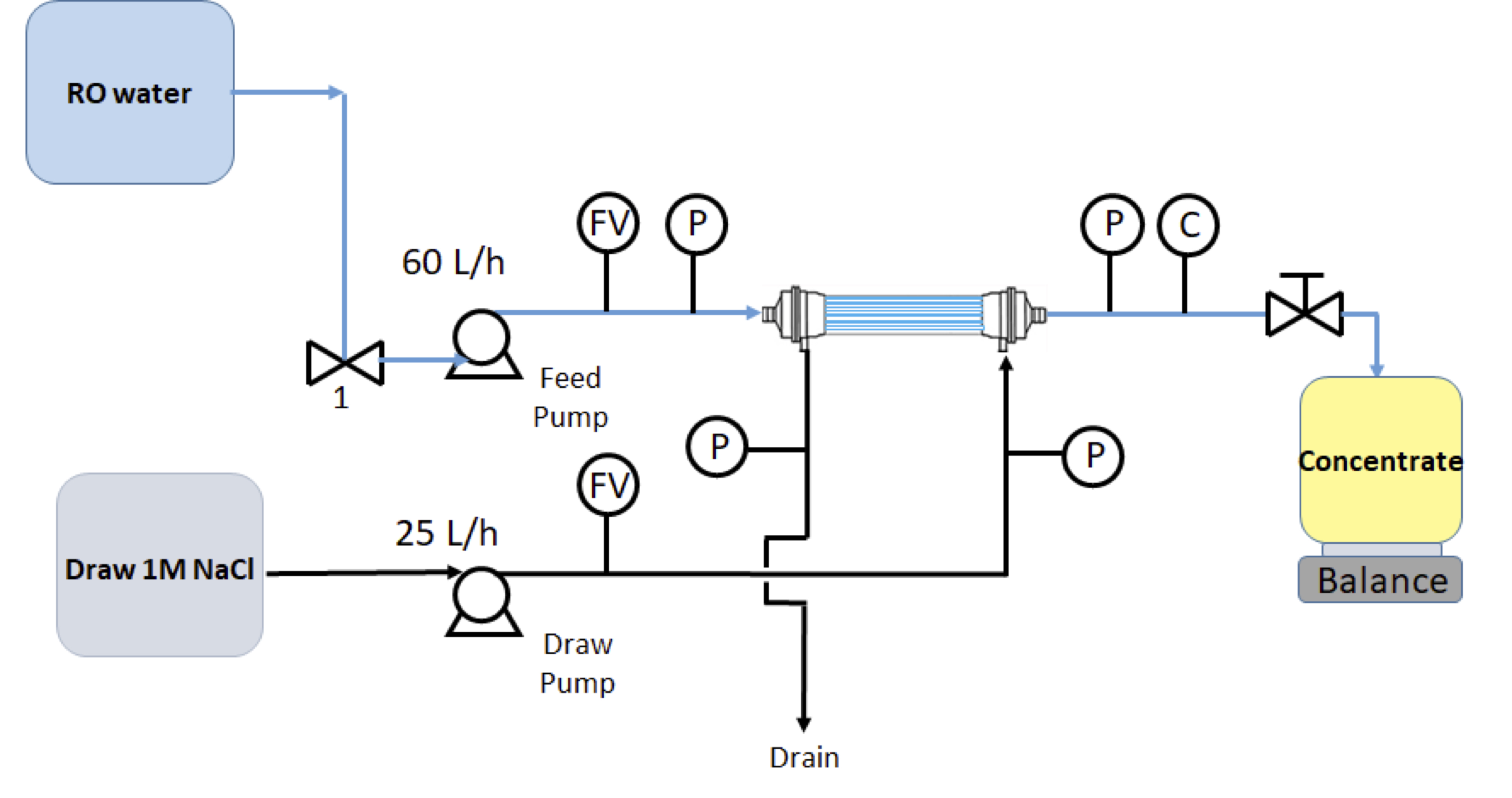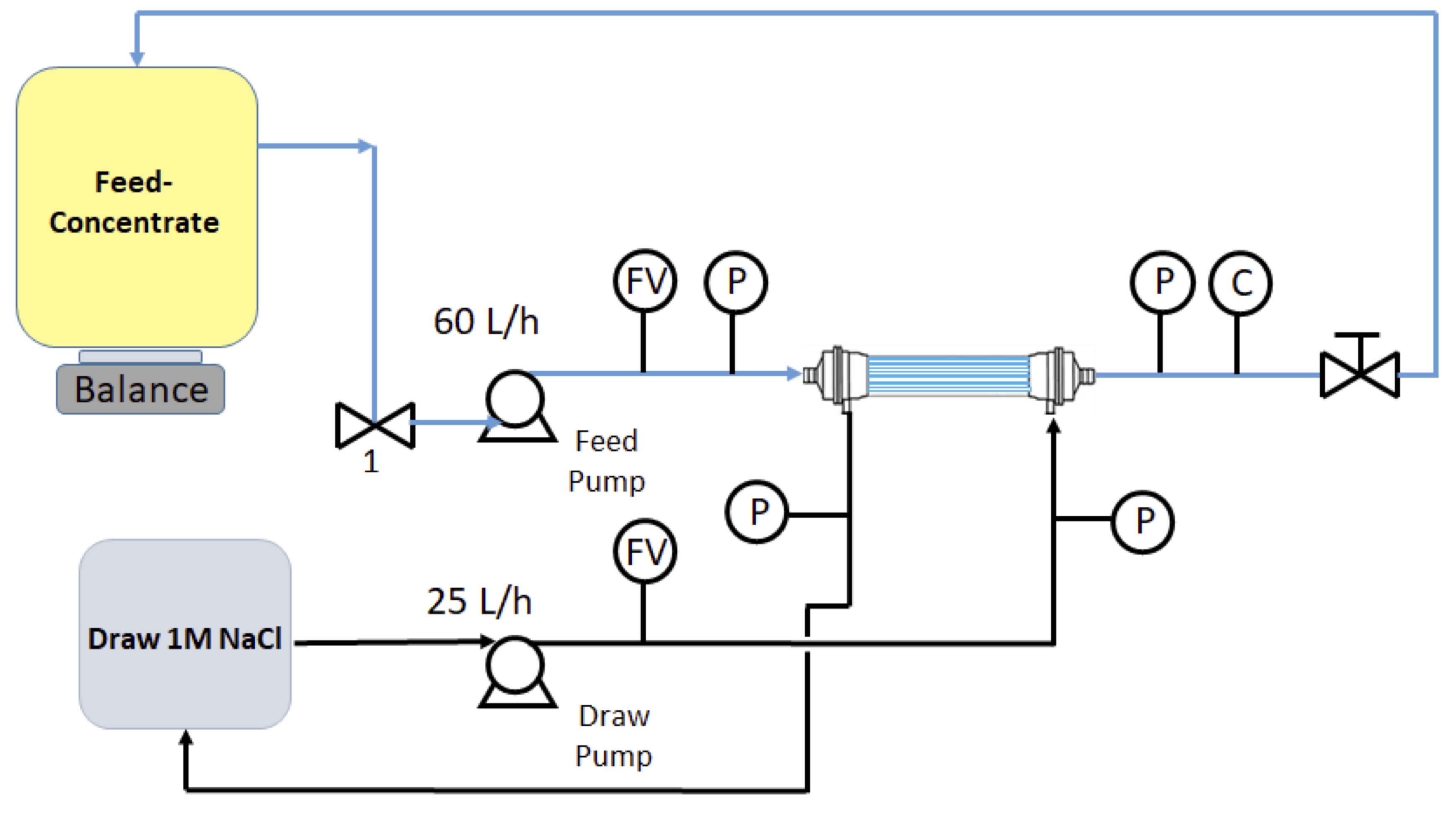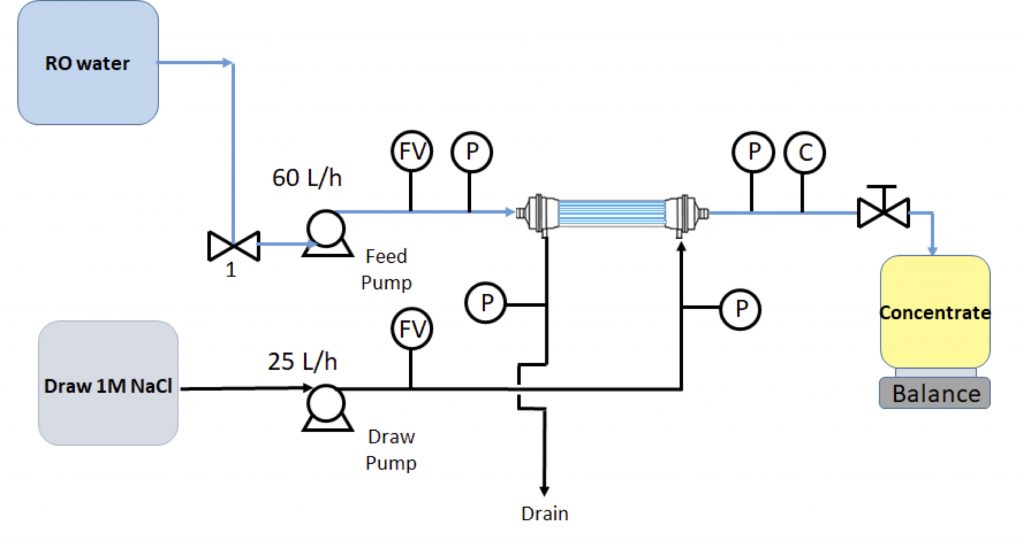- Forward osmosis video tutorial - January 23, 2018
Breaking the ice with a forward osmosis video tutorial
Forward Osmosis technology is still a novel and developing technology. And as something innovative and original, it comes with some degree of excitement and uncertainty. That’s why tutorial videos for FO membranes are so relevant; it is time to break the ice. The tutorial video will be giving a privileged welcome to newcomers by guiding them step by step on how FO works in real life, a first welcoming meeting.
With the tutorials, you can achieve greater reach and connection – committed users, newcomers, or even experienced ones will benefit and find something to learn. The sooner potential users can understand how FO products function, the faster they will reach an understanding and purchasing point.
If the article below raises your interest in FO technologies, please do not hesitate to contact me at vse@aquaporin.dk for more information.
Video description
In the tutorial, you will see an example of how a forward osmosis quality control test can be carried out. The video will explain how the FO membrane functions and the key parameters that are controlled during the test.
What are the parameters shown in the video?
To understand the performance of the membrane, some parameters are explained on the video. They are the feed and draw flows, water flux, reverse salt flux and transmembrane pressure.
The water flux is simply the quantity of water that permeates through the membrane to the draw solution, concentrating the feed solution, per time and unit area of the membrane. This quantity of permeate water gives the recovery percentage, which indicates the percentage of water that the membrane can clean and recover.
The transmembrane pressure (TMP) is defined as the pressure gradient of the membrane, or the average feed pressure minus the permeate pressure. Obtaining a certain water flux depends in part on how permeable the membrane is to water and the pressure gradient that originates on both sides, the TMP.
Reverse salt flux is showing how much salt, from the draw solution, is passing through the membrane to the feed solution, which is undesirable and the lower it is, the better.
Single pass mode and batch mode for an FO membrane
In the video we demonstrate two different operation modes; single pass and batch mode. For the single pass mode, feed and draw solutions passes through the module once and are not allowed to recirculate back. It can be seen clearly on the figure below.

In case of batch mode, everything, feed and draw solutions, are passed through the module and recirculated continuously. It can be seen clearly on the figure below.

The difference of this mode is that, as permeation occurs, the draw solution gets diluted and starts losing osmotic pressure. Consequently, the water flux will start to decrease until the osmotic pressure of your feed-concentrate, and your draw solution osmotic equalized, and process is stopped. However, this is heavily dependent of the type of feed used and the start osmotic pressure of the draw solution used.

